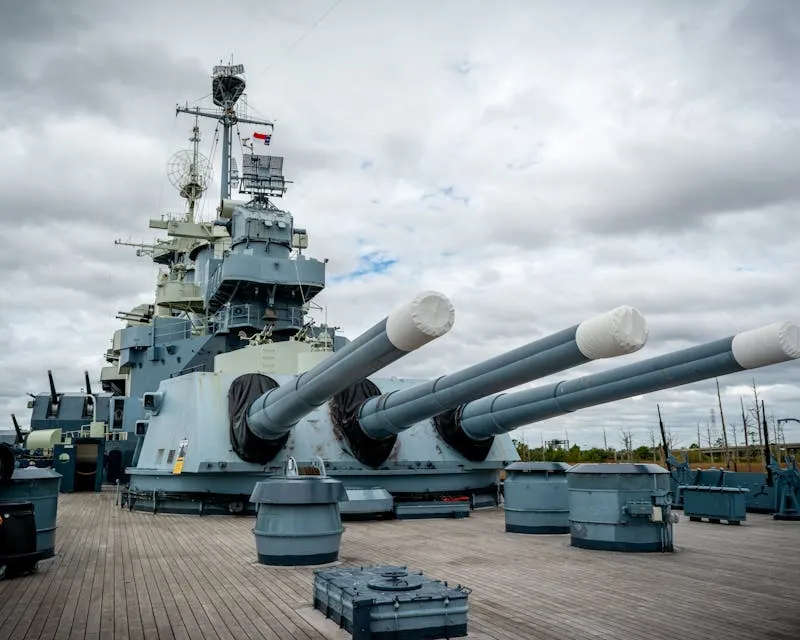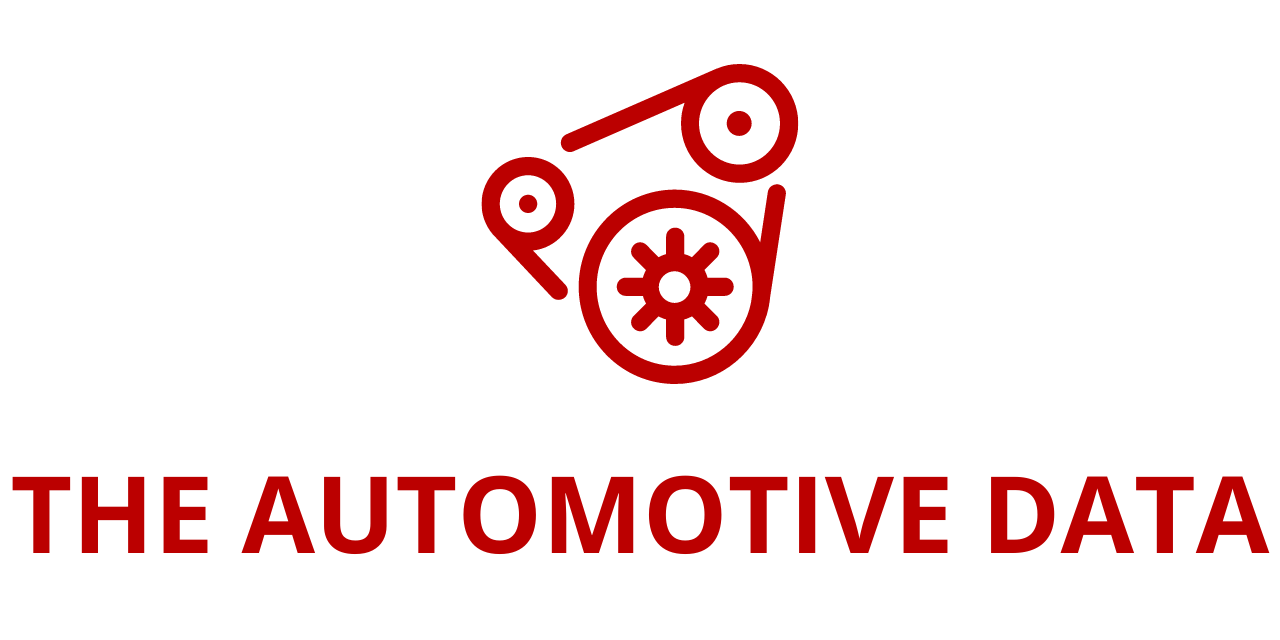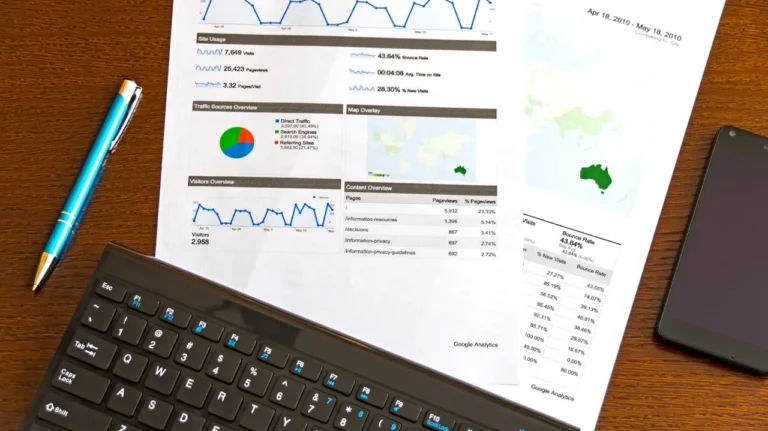
Amogy, a leading provider of scalable ammonia-to-power solutions, announced the successful maiden voyage of the world’s first carbon-free, ammonia-powered maritime vessel. The NH3 Kraken, a tugboat originally built in 1957 and retrofitted with Amogy’s ammonia-to-electric power system, sailed on a tributary of the Hudson River, just upstream of New York City. This breakthrough marks a major step toward reducing global carbon emissions and advancing the maritime industry closer to the International Maritime Organization’s (IMO) goal of net-zero emissions by 2050. It also validates both the effectiveness of Amogy’s technology and ammonia’s potential as a carbon-free maritime fuel.
“Global governments and organizations like the IMO have set ambitious targets for cutting carbon emissions. While these goals may seem challenging, they are necessary — and our successful demonstration of the world’s first carbon-free, ammonia-powered vessel shows they are achievable,” said Seonghoon Woo, CEO and co-founder of Amogy. “This maiden voyage gives us crucial insights that will accelerate the commercialization of our technology and its real-world applications. Decarbonizing the maritime industry is within reach, and this is just the start for Amogy.”
The NH3 Kraken demonstration is the largest and most advanced application of Amogy’s technology to date, following earlier trials with an aerial drone, a commercial farm tractor, and a semi-truck. The company will apply the knowledge gained from this voyage to future real-world applications, including both retrofitting existing vessels and building new ones. Amogy has already secured contracts with companies like Hanwha Ocean, Terox, and others.
Amogy’s patented ammonia-to-electric system works by “cracking” liquid ammonia into hydrogen and nitrogen. The hydrogen is then used in a fuel cell, producing high-performance power with zero carbon emissions. This system offers a clean, sustainable energy solution, particularly for hard-to-decarbonize sectors like maritime shipping and stationary power generation. During the demonstration, the NH3 Kraken was fueled with green ammonia produced entirely from renewable energy, further minimizing its carbon footprint.
The global shipping industry emits nearly 1 billion tons of greenhouse gases annually, equivalent to the emissions of a G7 nation like Germany or Japan. The success of the NH3 Kraken’s voyage highlights ammonia’s vast potential to revolutionize the shipping industry and other energy-intensive sectors.
“Ammonia is already the world’s second most-produced chemical, with about 20 million tons being shipped through 200 ports annually. Given this existing infrastructure, transitioning to ammonia as a fuel is entirely feasible and can be done quickly,” Woo added.
Amogy plans to release a detailed case study with additional technical insights in the coming months.







